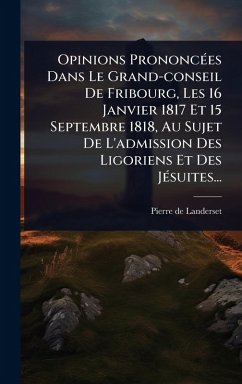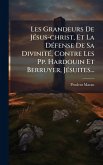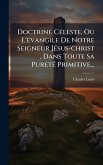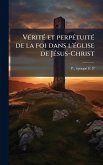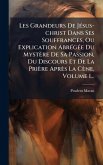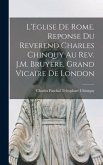Ce document rare offre un aperçu des dÃ(c)bats passionnÃ(c)s qui ont agitÃ(c) le Grand Conseil de Fribourg au dÃ(c)but du XIXe siècle. Il transcrit les opinions exprimÃ(c)es lors des sÃ(c)ances des 16 janvier 1817 et 15 septembre 1818, concernant l'admission des Ligorians et des JÃ(c)suites dans le canton. L'ouvrage met en lumière les enjeux politiques et religieux de l'Ã(c)poque, tÃ(c)moignant des tensions entre les forces conservatrices et libÃ(c)rales au sein de la sociÃ(c)tÃ(c) fribourgeoise. Les interventions de Pierre de Landerset, figure marquante de cette pÃ(c)riode, sont retranscrites, offrant un point de vue Ã(c)clairÃ(c) sur les arguments avancÃ(c)s par les diffÃ(c)rents conseillers. Ce texte est une source prÃ(c)cieuse pour comprendre les dynamiques politiques et religieuses de la Suisse au lendemain de la Restauration et les dÃ(c)bats autour de la place des ordres religieux dans la sociÃ(c)tÃ(c). This work has been selected by scholars as being culturally important, and is part of the knowledge base of civilization as we know it. This work was reproduced from the original artifact, and remains as true to the original work as possible. Therefore, you will see the original copyright references, library stamps (as most of these works have been housed in our most important libraries around the world), and other notations in the work. This work is in the public domain in the United States of America, and possibly other nations. Within the United States, you may freely copy and distribute this work, as no entity (individual or corporate) has a copyright on the body of the work. As a reproduction of a historical artifact, this work may contain missing or blurred pages, poor pictures, errant marks, etc. Scholars believe, and we concur, that this work is important enough to be preserved, reproduced, and made generally available to the public. We appreciate your support of the preservation process, and thank you for being an important part of keeping this knowledge alive and relevant.
Bitte wählen Sie Ihr Anliegen aus.
Rechnungen
Retourenschein anfordern
Bestellstatus
Storno

